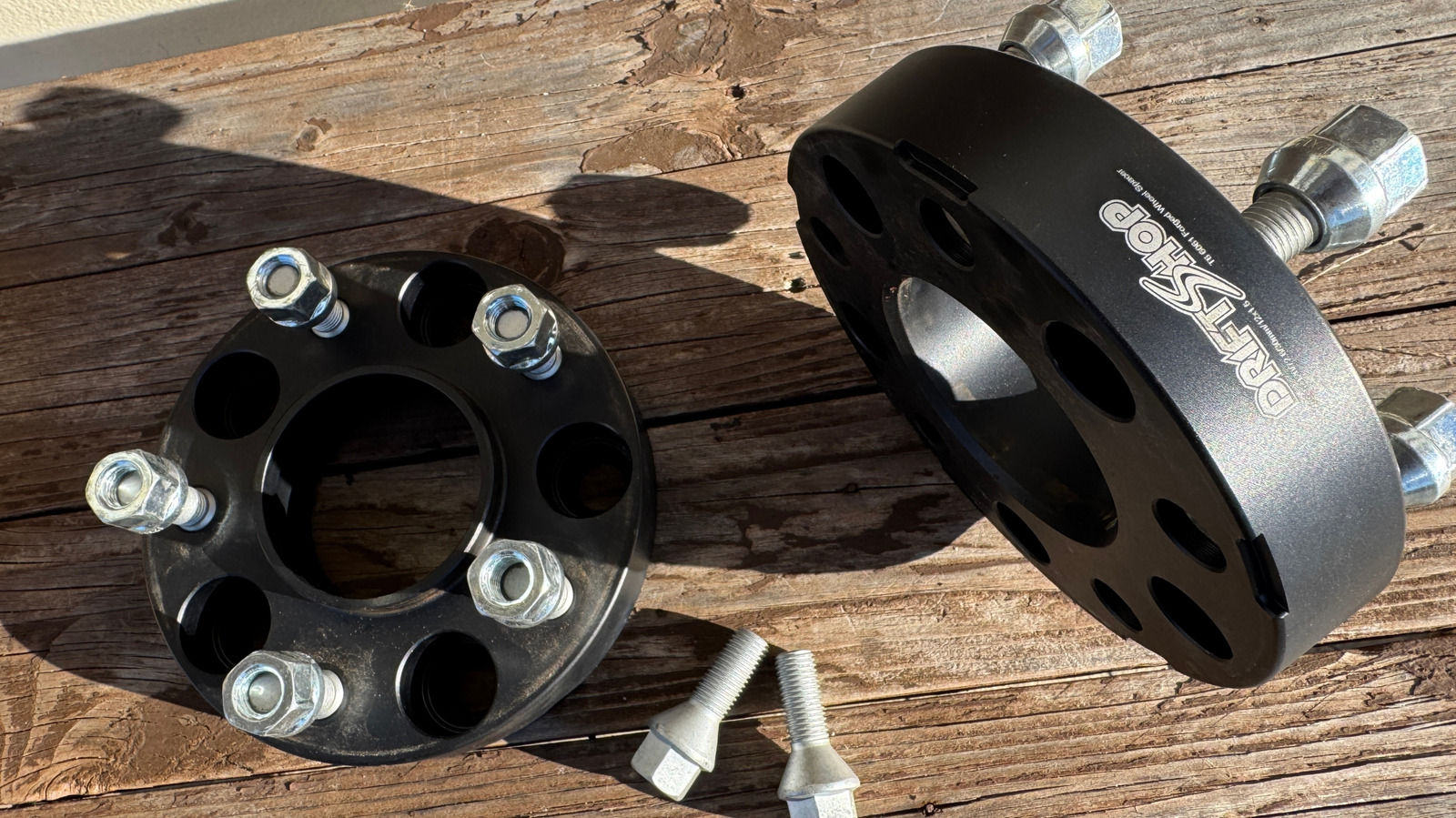Effective Nitric Oxide Generation by Metallo‐Supramolecular Assemblies for Enhanced Antibacterial Activity
Advanced Healthcare Materials, EarlyView.

This study reports a supramolecular vesicular assembly for controlled nitric oxide (NO) release from S-nitrosothiols via copper-catalyzed reaction under physiological conditions. The released NO enhances antibacterial efficacy against MRSA and P. aeruginosa, with potent antibiofilm activity by effectively penetrating and eradicating MRSA biofilms. This vesicular catalyst offers a promising platform for targeted NO delivery and biomedical applications.
Abstract
Nitric oxide (NO), among various gaseous transmitters, is a key molecule with a broad range of physiological functions. Its diverse roles require precise administration in both dosage and location. While NO disperses bacterial biofilms at low dosages (nanomolar), it induces bacterial cell death at higher concentrations (micromolar). While considerable efforts have been made to develop NO-releasing biomaterials, the short half-life of NO in human tissues limits its diffusion to short distances, posing significant challenges to fully harnessing its potential. In this work, a supramolecular vesicular assembly is designed for the controlled release of NO from S-nitrosothiols under physiological conditions. This vesicular system demonstrated efficient catalytic activity over multiple catalytic cycles, driven by the Cu(II)/Cu(I) transition. Further, the therapeutic potential of this NO-generating assembly is assessed by its antibacterial efficacy against P. aeruginosa and drug-resistant S. aureus, making it a promising candidate for denitrosylation and therapeutic applications. Overall, a supramolecular multivalent catalyst is presented for controlled and sustained release of NO, showcasing effective antibacterial and anti-biofilm properties. This study paves the way for advancing NO-generating biosystems with potential biomedical applications.















































































































































